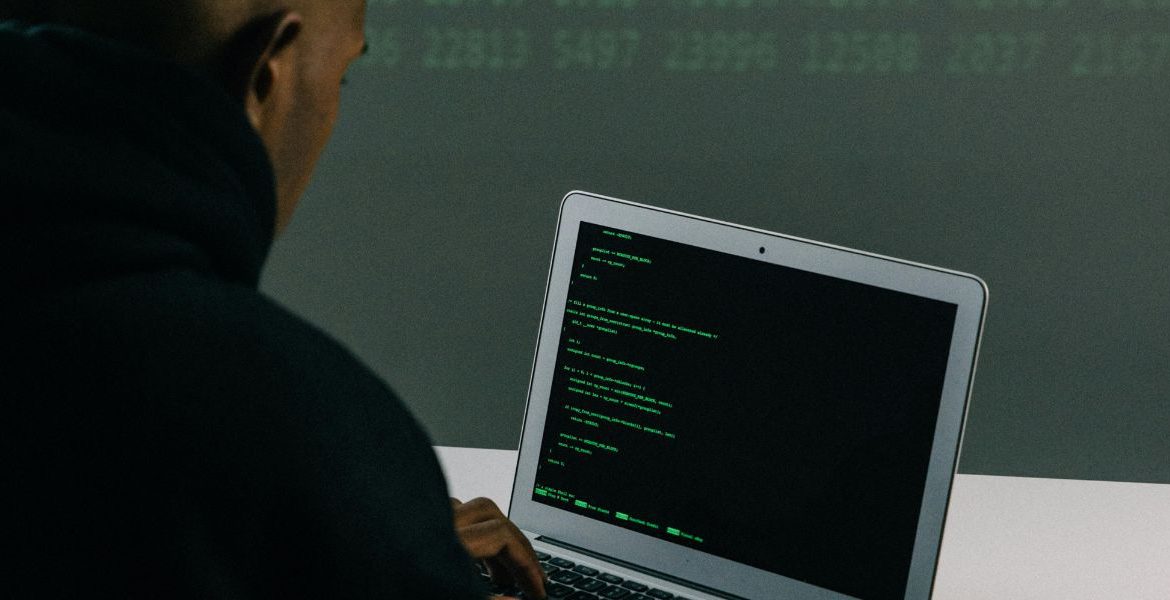Securing Your Smart Communication Systems in a Hyperconnected World
In today’s hyperconnected workplace, the integration of IoT-enabled VoIP security is becoming essential. While VoIP (Voice over Internet Protocol) and IoT (Internet of Things) are revolutionizing communication with smart offices and automated workflows, businesses face growing security threats.
Hackers are increasingly targeting vulnerabilities in IoT-enabled VoIP systems, putting organizations at risk of data breaches, compliance violations, and financial fraud.
So, how can businesses protect their communication infrastructure while reaping the benefits of VoIP and IoT integration? Let’s explore key IoT-enabled VoIP security strategies, compliance standards, and practical tips to safeguard your systems.
Understanding the Security Challenges of IoT-Enabled VoIP
The convergence of VoIP and IoT technologies expands the attack surface, making it more complex to secure communication channels, prevent fraud, and maintain data integrity.
Common Threats Facing IoT-Enabled VoIP Systems
- IoT Device Vulnerabilities: Many IoT devices lack robust security protocols, making them susceptible to cyberattacks.
- VoIP Call Interception: Without proper encryption, cybercriminals can intercept voice calls, leading to data theft.
- Phishing & Vishing Attacks: Social engineering tactics can trick employees into revealing sensitive VoIP credentials.
- Denial-of-Service (DoS) Attacks: Attackers can flood VoIP networks with traffic, causing dropped calls and service disruptions.
- VoIP Call Spoofing & Fraud: Hackers may manipulate caller IDs to gain unauthorized access to business networks.
💡 For a broader look at communication threats, read VoIP and Cybersecurity: The Ultimate Guide to STIR/SHAKEN for VoIP Security: How to Stop Caller ID Spoofing
Top Security Strategies for IoT-Enabled VoIP Security
To protect business communications, organizations must implement multi-layered security protocols.
1. Secure VoIP Communication with Encryption
Encryption is the foundation of IoT-enabled VoIP security. Businesses should:
- Use TLS (Transport Layer Security) and SRTP (Secure Real-Time Transport Protocol) for encrypted voice transmission. (Cisco)
- Encrypt call recordings to secure sensitive stored data. (NIST)
- Ensure IoT sensor data is also encrypted to prevent unauthorized access.
2. Strengthen Authentication & Access Controls
Implement strong access controls to secure endpoints and reduce attack risks:
- Multi-Factor Authentication (MFA) for user logins
- Biometric authentication for sensitive dashboard access
- Role-Based Access Control (RBAC) to restrict who can view/edit system settings
- Endpoint security for mobile VoIP devices to protect remote teams
💡 For more tips, read VoIP Security Best Practices in 2024.
3. Use Network Segmentation to Reduce the Attack Surface
Separating VoIP and IoT traffic limits lateral movement by attackers.
- Create dedicated VLANs for VoIP traffic
- Enforce firewall rules that isolate IoT devices
- Monitor traffic using Intrusion Detection Systems (IDS)
4. Keep IoT & VoIP Systems Updated
Regular software and firmware updates are critical for IoT-enabled VoIP security.
- Automate updates for VoIP platforms and IoT firmware
- Replace outdated VoIP hardware with modern, secure alternatives
- Conduct endpoint audits to detect rogue IoT devices
5. Monitor & Log VoIP Calls for Security Incidents
Real-time insights help detect and contain threats faster.
- Enable VoIP call logging and anomaly detection
- Use AI-driven security tools to flag suspicious behavior
- Monitor for unauthorized access or traffic spikes
💡 Curious about the latest VoIP features? Why Businesses Should Invest in VoIP Technology.
Regulatory Compliance for IoT-Enabled VoIP Security
Companies must comply with data protection standards to avoid legal and reputational damage.
Key Compliance Standards
- GDPR – Requires encrypted communications and strict access policies
- HIPAA – Ensures privacy for VoIP communications in healthcare
- PCI DSS – Regulates payment information via VoIP
- FCC VoIP Compliance – Requires privacy measures and protections against spoofing
💡 Need help navigating VoIP regulations? Read The Ultimate Guide to Business Phone Systems.
How to Implement IoT-Enabled VoIP Security in Your Business
Step 1: Conduct a Security Audit
- Penetration test your VoIP & IoT network
- Evaluate data protection policies and procedures
Step 2: Invest in Secure VoIP Infrastructure
- Choose providers with encryption, MFA, and compliance support
- Deploy IoT monitoring tools to track connected devices
(Hughes)
Step 3: Train Your Team
- Educate employees on phishing, spoofing, and social engineering
- Implement mobile security practices for VoIP use on-the-go
📞 Want a secure VoIP system built for IoT? Contact TeleCloud today.
Final Thoughts: Secure Your Business Communication Today
🚀 IoT-Enabled VoIP Security is the future—but only if it’s executed with strategy and care. Businesses must:
✔ Encrypt calls and smart data end-to-end
✔ Implement multi-layered authentication and access controls
✔ Stay compliant with evolving security standards
🔐 Start building your secure, scalable VoIP ecosystem today with TeleCloud.

